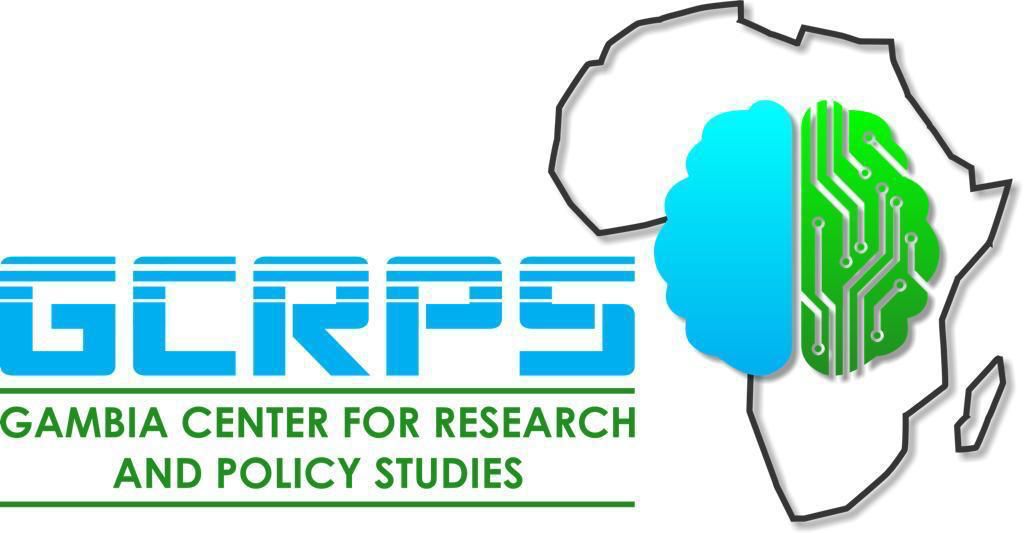By Kawsu Sanyang
1. Purpose and Scope: The report examines foreign aid to The Gambia since its independence in 1965, detailing donors, amounts, usage, and effects.
2. Historical Context: The Gambia has heavily relied on foreign aid since gaining independence in 1965.
3. Economic Challenges: In the 1980s, economic issues led to the implementation of the Economic Recovery Program (ERP) in 1985, which international donors supported.
4. Reforms and Aid Resumption: The ERP implementation improved the economy, encouraging donors to resume aid contingent upon policy reforms.
5. Social Impact: Although the ERP stabilized the economy, it exacerbated inequalities, particularly for rural farmers.
6. Financial Instruments: The government uses grants and concessional loans to manage debt.
7. Sectoral Outcomes: Aid supports agriculture, health, education, energy, and social welfare, with a focus on digital transformation and climate resilience.
8. Debt Risks: As of 2023, The Gambia faces a high risk of debt distress, with public debt accounting for approximately 75.7% of GDP.
9. Foreign Aid Evolution: Aid is now focused on building institutions and promoting sustainable development, requiring good governance for continued support.
10. Diversifying the Donor Landscape: The donor group is becoming more diverse, reflecting stronger international partnerships.
11. Key donors: Pls find more details and other financial information in the article (See downloads)
(A) China: $6 million for health projects since 2020.
(B) Saudi Arabia: $215 million for infrastructure and humanitarian efforts.
(C) Agence Française de Développement (AFD): €5 million for economic stabilization. Child Fund: Supports education and healthcare.
(D) African Development Bank (AfDB) is actively collaborating with The Gambia on 17 projects totaling $227.47 million. The main sectors of focus are transport (45%), agriculture (20%), and energy (18%).
(E) European Union allocated €365 million in development funds from 2016 to 2020, with an additional €38.95 million from the EU Emergency Trust Fund between 2015 and 2019, primarily to enhance governance and resilience.
(F) World Bank Group Support for The Gambia (FY25): Total Turnaround Allocation: $253.7 million. Recent project approvals include:
– $30 million for Second Boosting Resilience PDF.
– $47.7 million for Public Administration Modernization.
– $35 million for Essential Health Services Strengthening.
– $68 million for the GIRAV Project.
– $92.71 million for the RISE Project.
– $50 million for Digital Transformation for Africa.
– $40 million for First Boosting Resilience DPF.
– $25 million for Women’s Empowerment.
(G) Additional Support:
– Over $200 million in energy projects by the World Bank.
– IMF: SDR 46.65 million ($65 million) and SDR 12.44 million ($16.8 million) for climate resilience.
– The Gambia: $2 million pledged to the African Development Fund.
– EU: €25 million for COVID-19 response and €365 million in development funds (2016-2020).
– In 2025, The Gambia received $409,280 in US aid and is involved in a $25 million Threshold Program with the Millennium Challenge Corporation.
Read the original article in the downloads below.





